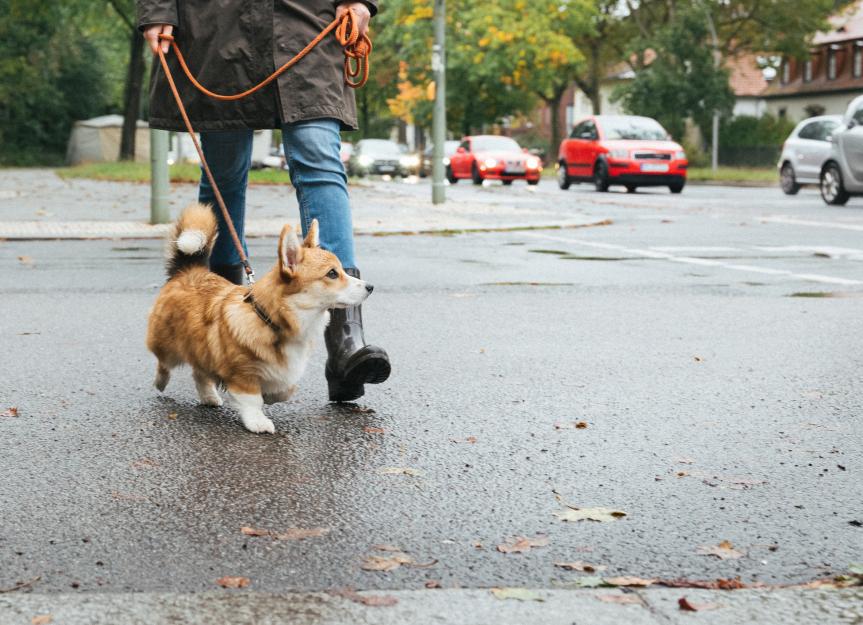Posting this as a reminder since my mother's dog was recently killed by a car:
Summertime Trauma: The Hit-By-Car (HBC) Dog
by Dr. Justine A. Lee, DVM, DACVECC
As an emergency critical care veterinary specialist, I spend most of my time working in the ICU and ER. Unfortunately, in the ER, I see a huge spike in trauma to dogs and cats during the summer…particularly on days with nice, sunny warm weather...
Some examples of common summertime trauma?
That said, I'd rather not see trauma cases in the first place. That's because they can be life-threatening and cause significant pain and injury to your dog or cat. Also, trauma cases can be very expensive for you to treat, as they often require emergency stabilization, oxygen therapy, pain medication, blood transfusions, diagnostics (like blood work, x-rays), minor or major emergency surgery under general anesthesia, heart and blood pressure monitoring, and life-saving 24/7 care. This can add up into the thousands of dollars.
When it comes to being a HBC, the severity of trauma from range tremendously, from mild scrapes and bumps to death (these often never make it to the ER, due to severe, acute internal bleeding)...
So how do you prevent HBC? By avoiding the most common reasons why I see pets getting off-leash or escaping from their safe home environment, like the following:
Summertime Trauma: The Hit-By-Car (HBC) Dog
by Dr. Justine A. Lee, DVM, DACVECC
As an emergency critical care veterinary specialist, I spend most of my time working in the ICU and ER. Unfortunately, in the ER, I see a huge spike in trauma to dogs and cats during the summer…particularly on days with nice, sunny warm weather...
Some examples of common summertime trauma?
- The hit-by-car (HBC) dog or cat
- "Big-dog-little-dog" (BDLD) attacks
- Cats attacked by predators (e.g., dogs, coyotes, mountain lions, neighborhood kids)
That said, I'd rather not see trauma cases in the first place. That's because they can be life-threatening and cause significant pain and injury to your dog or cat. Also, trauma cases can be very expensive for you to treat, as they often require emergency stabilization, oxygen therapy, pain medication, blood transfusions, diagnostics (like blood work, x-rays), minor or major emergency surgery under general anesthesia, heart and blood pressure monitoring, and life-saving 24/7 care. This can add up into the thousands of dollars.
When it comes to being a HBC, the severity of trauma from range tremendously, from mild scrapes and bumps to death (these often never make it to the ER, due to severe, acute internal bleeding)...
So how do you prevent HBC? By avoiding the most common reasons why I see pets getting off-leash or escaping from their safe home environment, like the following:
- Dogs or cats escaping from the yard (e.g., someone left the gate open)
- Dogs or cats escaping inadvertently out of the house by an open door (e.g., someone was opening the door to let the pizza delivery guy in)
- Pet owners letting their dogs run off leash when their pet isn't under strict voice command
- Dogs hopping over their fence or digging out from underneath
- Pet owners using a long retractable-type leashes, only to have their dog hit on the edge of the road (as the pet owner can't reel them back on the leash in time)
- Dogs chasing cars (please, teach your dog that this is bad!), and lastly,
- Pet owners accidentally running over their own dog in the driveway (This type is actually one of the worst types of HBC, as it's a "slow roll" and results in more internal damage).





/happy-dog-running-by-alley-at-summer-park-on-camera-539354118-5c8ab282c9e77c00010e963b.jpg)